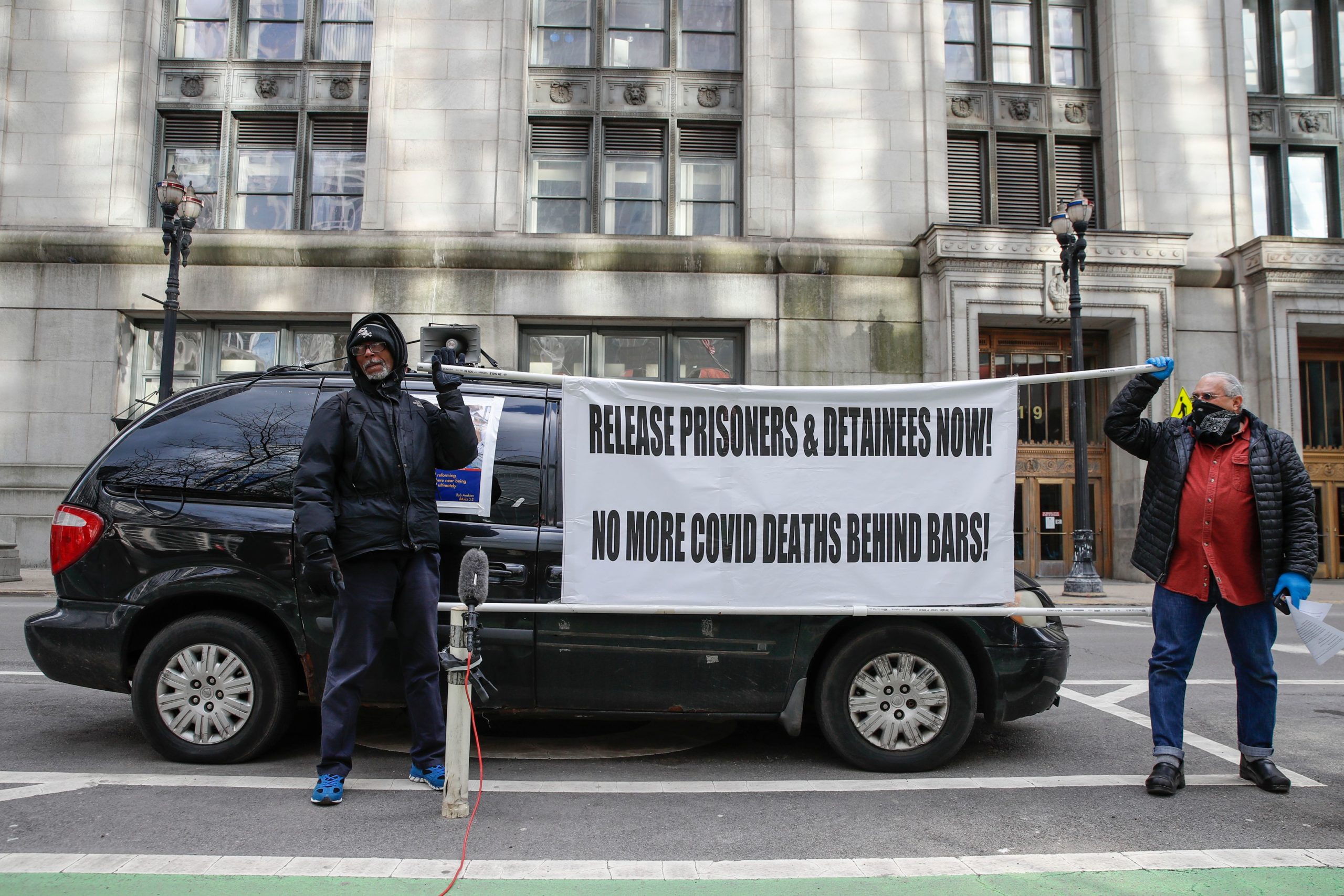Rising Jail Populations Require Quick Responses
Jails across the country are nearing or exceeding pre-pandemic incarceration levels. Government officials—especially judges, sheriffs, and prosecutors—must work quickly to release people inside jails and divert those who are still being booked into them.

The Point
Jails across the country are nearing or exceeding pre-pandemic incarceration levels. Government officials—especially judges, sheriffs, and prosecutors—must work quickly to release people inside jails and divert those who are still being booked into them.
Courts, law enforcement, prosecutors, and legislatures must take immediate steps to reduce local jail populations:
- Judges should order the release of far more people from jail who are waiting on future court dates, which are getting increasingly delayed. In several cities where jail populations are soaring (New York, Houston, Los Angeles), data points to a “growing number of people held awaiting trial.” The easiest and quickest way to address the crisis is to release people while they wait for trial.
- Sheriffs should identify people who can be released pending trial and those who are elderly or medically vulnerable. Lower jail populations will allow for more social distancing, which will help “minimize exposure in the jails” and reduce the need for quarantining that leads to missed court dates and delayed access to counsel.
- Prosecutors should end requests for cash bail and identify a list of offenses where a person can be immediately released after arrest instead of waiting for a bond hearing or initial appearance. Prosecutors should identify new and pending charges that can be dismissed without implicating public safety—like trespass, minor traffic offenses, and drug possession.
- Lawmakers should pass bail reform now, and the bill that the Illinois legislature passed last month is a good model. The increase in pretrial detention in New York jails was “driven at least in part by the legislature’s decision to roll back landmark bail reform measures in the middle of the pandemic,” according to a recent report from the Center for Court Innovation. New York State Senator Alessandra Biaggi urged New York to do “everything in its power to safely reduce the jail population during the pandemic in compliance with basic public health principles.” Every state should do the same.
Action is needed, in part, because the past year has shown that COVID-19 spreads rapidly and widely within jails and the surrounding communities:
- Public health experts had warned that the overcrowded and unsanitary conditions in our jails and prisons would exacerbate the spread of the virus among those inside and the surrounding community.
- In response, some jurisdictions took measures to decrease the number of people held inside their jails to allow for more social distancing and to accommodate staff shortages due to illness.
- Jails and prisons were early “hotspots” of the virus. The Cook County Jail and Marion County Correctional, for example, were two of the largest “COVID-19 hotspots” in spring 2020. Jails and prisons regularly have been a majority of the nation’s hotspots throughout the pandemic, according to data from the New York Times.
- History is repeating itself. Without quick action, we will see more counties with skyrocketing cases in overcrowded jails—with infections reaching both those inside and outside the cells.
Dive Deeper:
- America’s Biggest City Was Hit Hard by COVID-19. Its Jails Are Filling Up Again. New York City’s jail population is close to reaching pre-pandemic levels. Advocates say dishonest fearmongering about bail reform—and the politicians who capitulated to it—have created a very real safety crisis.
- L.A. County Jails Are Locking People Up for Longer During the Pandemic. The percentage of people held pretrial for six months or longer is up six percent from January of last year, according to a UCLA School of Law report.
- “No Beds Left”: Houston’s Jail Is a COVID-10 Superspreader. On Tuesday, Harris County Commissioners will decide if the D.A. and Sheriff will get more money to continue their neglect in the face of a public-health crisis.

